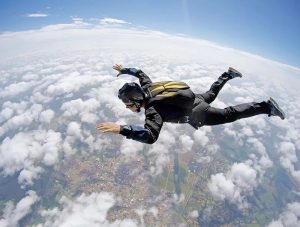
Airplanes have become an important means of transportation for people to travel.
According to data from the International Civil Aviation Organization, before the epidemic, there were an average of more than 100,000 flights taking off and landing every day around the world, with more than 4 billion people traveling each year, and about 39 million flights a year.
Are bigger planes safer? The higher you fly, the greater the risk?
Let’s explore the truth together…
It is a misconception that the bigger the plane is, the safer it is. This idea may come from people’s perception of the car.
In people’s traditional view, the bigger the car, the more powerful and domineering it looks, and it seems to increase a little sense of security.
In the field of aviation, the safety of an aircraft is related to many factors such as flight quality, weather conditions, maintenance level, and pilot status. It’s not that bigger is safer, and it’s not that smaller is less secure.
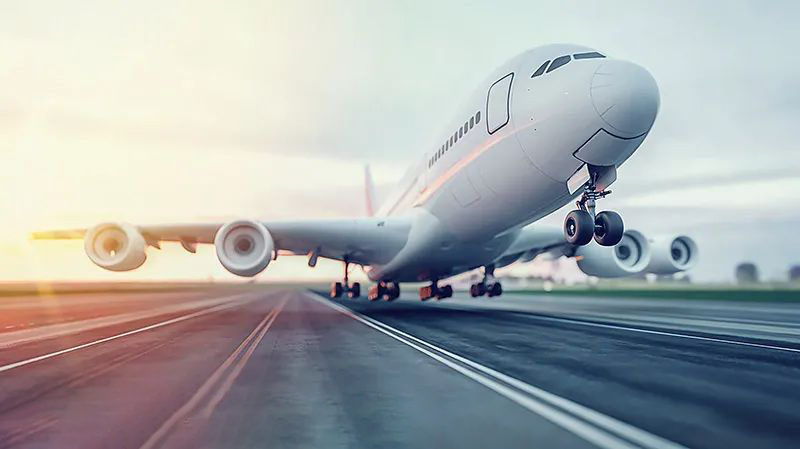
When the plane breaks down and needs to be forced to land, the flight attendant usually asks the passengers to sit forward with their heads in their arms. Some people think that this practice can leave a whole corpse, but this is not a correct understanding.
In the cockpit emergency manual, this posture is called the anti-impact posture, and the purpose is to increase the probability of survival when the aircraft is forced to land.
For the correct impact-resistant posture, passengers need to bend their torso down and hold their head with both hands, which will reduce the impact on the body during forced landing.
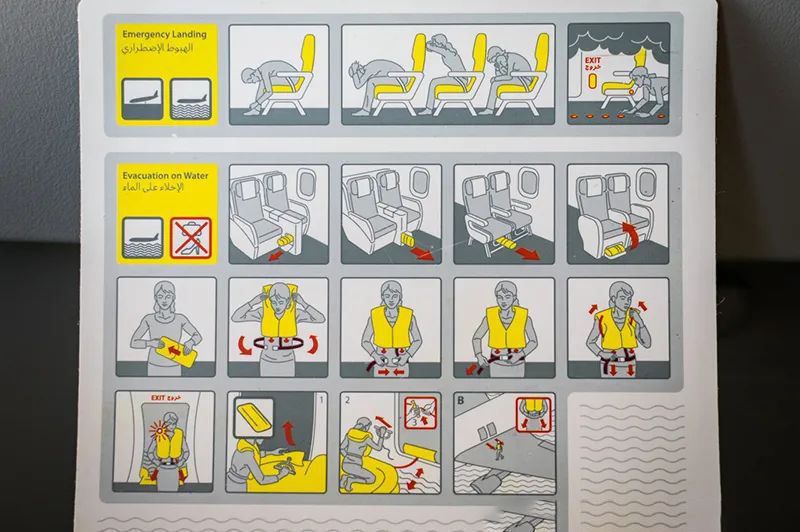
Of course, for larger impacts or runaway crashes, it’s a different story.
The anti-shock posture is only used to reduce the damage of the impact force to the body to a certain extent when the plane is forced to land. If it exceeds the threshold that the human body can withstand, it may be another result.
There is also a saying: “The take-off and landing phases of the plane are safer, and the higher the flight, the greater the risk?”
In fact, the aircraft is most dangerous when taking off and landing, and the cruise phase is the safest time in flight.
The ceiling of ordinary civil aircraft is about 12,000 meters, and the cruising altitude varies. The cruising altitude of flights on short-haul routes ranges from 6,000 to 9,000 meters, and the cruising altitude of intercontinental routes generally ranges from 8,000 to 12,000 meters.
At the same time, it is also necessary to determine the cruising altitude according to the altitudes set by different countries, but the cruising altitude is usually flying at the top of the troposphere, with high visibility and stable airflow. In addition, which altitude the plane is flying at, it needs to obey the command of the air traffic control, and it cannot be higher than or lower than this altitude.
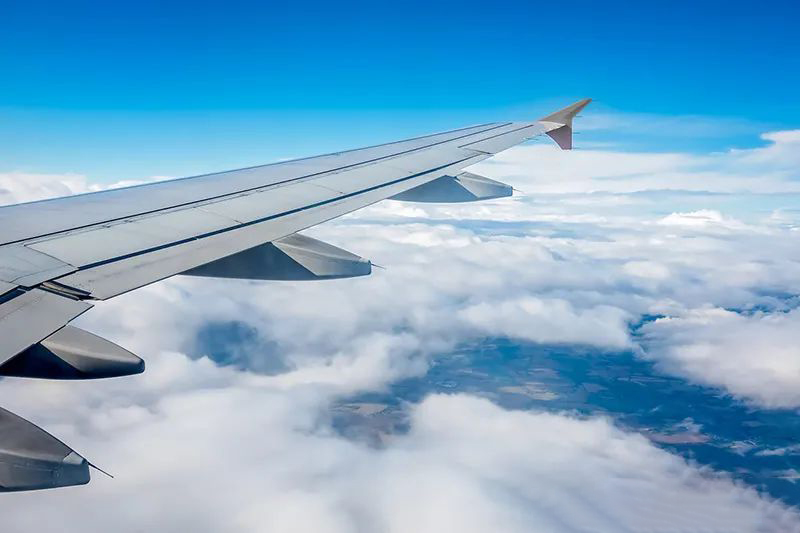
The aircraft is in the troposphere during take-off and landing, and there are not only horizontal airflows, but also vertical airflows, which will pose a threat to the safe take-off and landing of the aircraft. The aviation community refers to 3-minute take-off and climb and 7-minute approach and landing as Within 10 minutes of black, more than 60% of flight accidents occurred during take-off and landing.
Of course, accidents and accidents will also occur in the cruising phase of the aircraft, but the interference factors of the weather will be much smaller, and more mechanical or human factors.
Modern airliners are not equipped with parachutes for three reasons:
First, the accident occurred for a short time, and it was too late to perform the action of skydiving;
Second, passengers have not received relevant training, and even if they skydive, fatal accidents may occur for other reasons;
Third, when the accident occurs, the aircraft is generally in an uncontrollable state or abnormal attitude, and the flight environment is also relatively harsh. For example, the external temperature is extremely low, and it is not suitable for parachuting. Even a trained paratrooper cannot escape from an out-of-control aircraft. Parachuting, only those extreme skydivers can parachute from an out-of-control plane, and it is uncertain whether a safe landing will be achieved in the end.
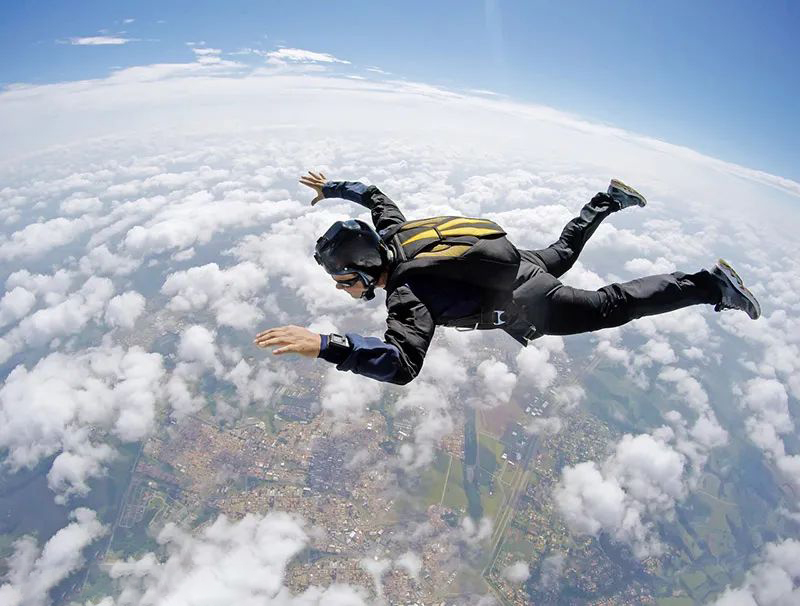
It is normal for an aircraft to be struck by lightning, because an aircraft will inevitably encounter thunderstorms during its flight, and an aircraft will be struck by lightning once a year on average.
Thunderstorm clouds appear in the troposphere, which is precisely the stage of the aircraft taking off, climbing or landing. Since there is a conductive layer on the outer surface of the aircraft, the current can be dispersed and released through the surface of the body, and it will not affect the internal instruments or personnel.
Aircraft are equipped with discharge brushes on the tips of the wings, which discharge static electricity into the atmosphere, thus reducing the probability of being struck by lightning.
To sum up, these claims about the plane are all rumors, do not believe and do not spread
Comments